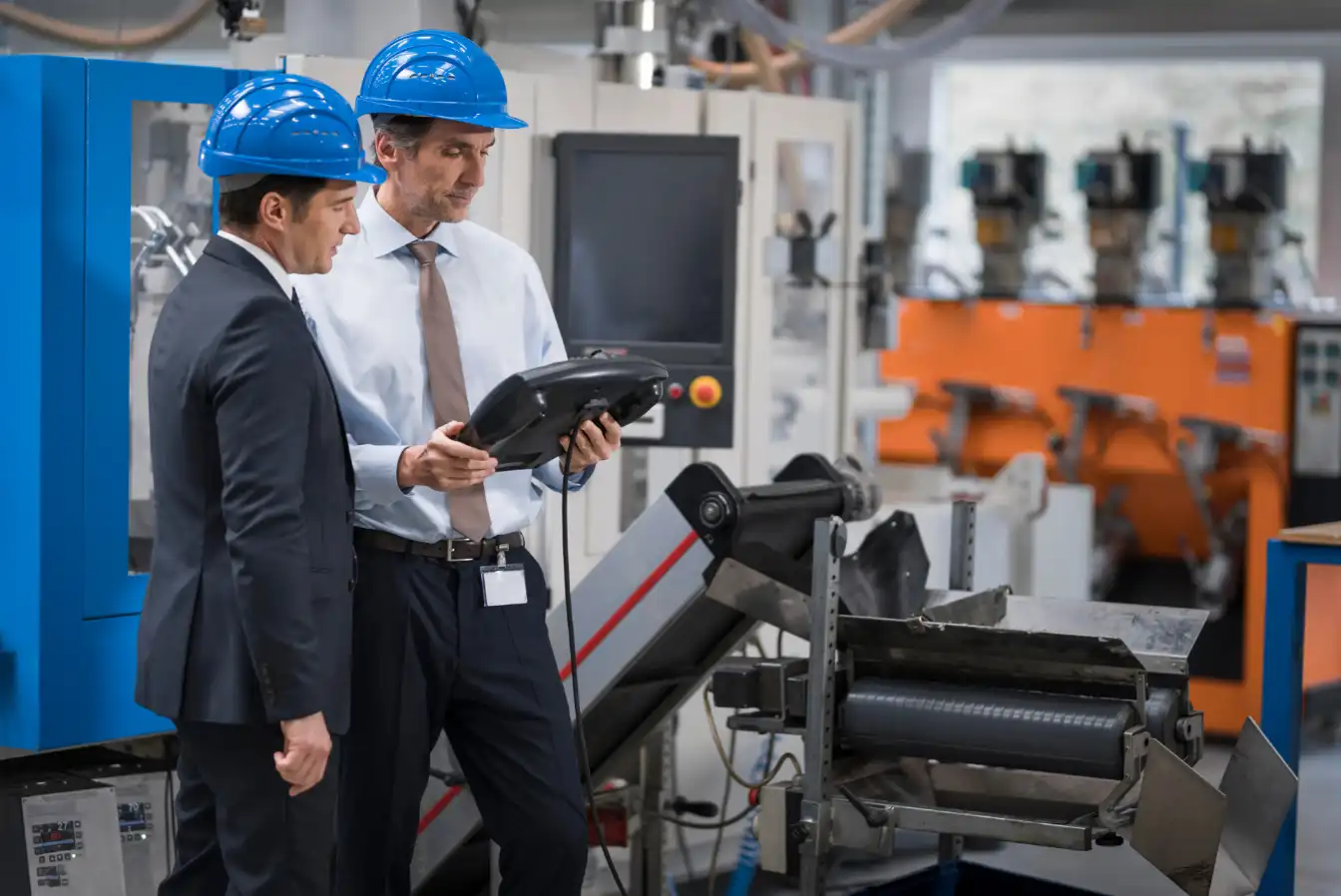
Achieving success requires more than just setting ambitious goals. It demands continuous improvement, a mindset of constant evaluation and adaptation. While crafting well-defined objectives is crucial, believing they are set in stone can hinder your progress. The key to staying ahead lies in regularly reviewing and adapting your objectives to ensure they remain relevant, effective, and aligned with your ever-changing environment.
Several factors necessitate the need for regularly reviewing and adapting your manufacturing objectives:
Here are some strategies to ensure your manufacturing objectives remain relevant and effective over time:
By embracing continuous improvement and regularly reviewing and adapting your objectives, you can reap several benefits:
Remember, setting objectives is just the first step. By adopting a growth mindset and continuously refining your objectives, you can ensure your manufacturing operation stays ahead of the curve and thrives in the face of change.
Get monthly updates to know how you can improve process performance and drive efficiency within your existing organisation.

